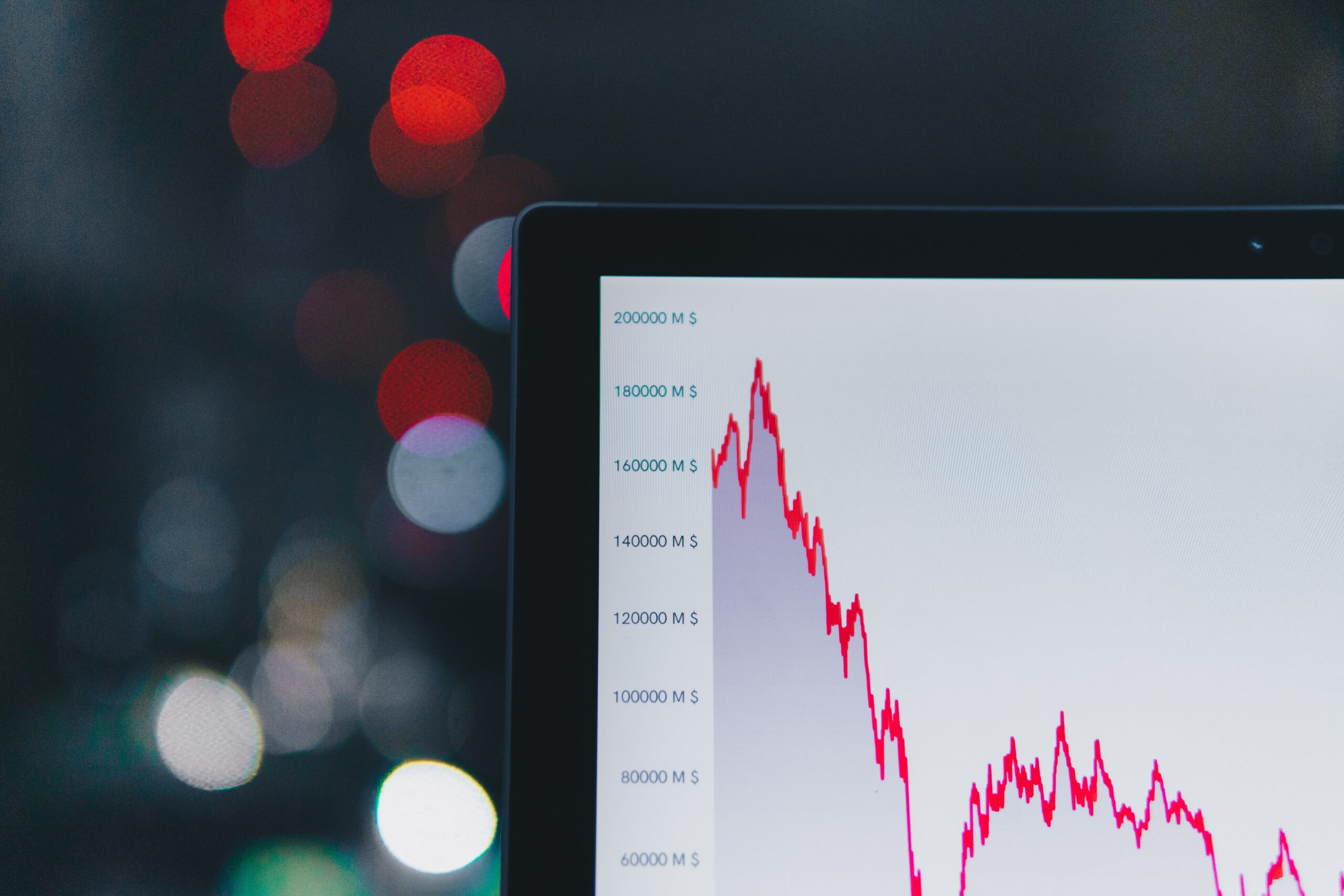 One of Europe's biggest investment banks had a scare recently...
One of Europe's biggest investment banks had a scare recently...
Yesterday, we explained how England's new government nearly upset the apple cart with its Modern Monetary Theory ("MMT") plan. But that's not the only thing that has been causing a stir in the markets.
Credit Suisse (CS) has faced several misfortunes in recent years. It lost more than $8 billion in 2021 when financial companies Greensill Capital and Archegos Capital Management collapsed. In February, it suffered a massive data leak. In June, it was fined $22 million for involvement in a money-laundering scheme linked to a drug ring.
And earlier this month, sources reported that the banking giant was in serious financial trouble.
Of course, Credit Suisse attempted to convince folks that it was in perfect health. CEO Ulrich Körner sent a memo to employees, assuring them the bank had plenty of capital and liquidity.
But his efforts didn't have the soothing effect he'd hoped for. Most folks instead concluded that everything was, in fact, not fine.
As this situation played out, much of the finance world couldn't help but compare Credit Suisse to the Bear Stearns fiasco of 2008.
If you need a refresher, Bear Stearns was one of the best Wall Street investment banks in the mid-2000s. But then, things took a turn for the worse...
Two of the bank's internal hedge funds went belly up during the summer of 2007. By that October, prosecutors had launched a criminal investigation into what happened. Bear Stearns was still trading for about $130 per share.
In March 2008, then-CEO Alan Schwartz appeared on CNBC to tell investors that the company had enough liquidity. Four days later, JPMorgan Chase (JPM) stepped in and bought Bear Stearns for $2 per share.
Back in late 2007, when I (Rob) worked as an analyst at the Abernathy Group, I got to watch Bear Stearns crumble from a hedge fund's perspective.
 Analysts were missing the big picture...
Analysts were missing the big picture...
At the Abernathy Group, several sell-side analysts pitched Bear Stearns as a buy when it was trading for about $125 per share. The logic was that as long as Bear Stearns stayed afloat, the stock should be worth $250 per share based on their models.
It was a logical assumption. The bank had a great reputation and its return on equity was healthy. What these analysts didn't grasp was the other set of opinions...
You see, at the time, half of Wall Street thought Bear Stearns was worth about $250. The other half thought it was worth zero.
This was eye-opening for me. Sure, Bear Stearns was trading at $125 per share. But that didn't mean the market thought it was worth $125.
Rather, a bunch of analysts said the stock was worth $0, $50, $150, and $200. At the end of the day, a company's stock price is merely an "equilibrium" of all these numbers. It's not one single price that the entire market agrees on.
When good news comes out, the equilibrium moves up. On the other hand, when there's bad news, the equilibrium price moves down.
This is what we saw with Bear Stearns prior to its buyout. It's also what's happening with Credit Suisse today.
 But that doesn't mean Credit Suisse is a repeat of 2008...
But that doesn't mean Credit Suisse is a repeat of 2008...
Credit Suisse has far healthier capital levels and more manageable leverage than Bear Stearns ever did. Right before the housing market collapsed, Bear Stearns' debt-to-equity ratio was about 28 times.
These days, the Dodd-Frank Act requires banks to carry more capital. To be considered in good standing, a bank's leverage ratio cannot exceed 20 times. So it's impossible for banks to get that risky.
Plus, Credit Suisse isn't just an investment bank. Its wealth-management arm provides a lot more stability during downturns.
None of these factors applied to Bear Stearns back in 2008. So as the news kept getting worse and worse, its stock-price equilibrium fell more.
Credit Suisse is smarter than that. It's exploring new ways to strengthen its business... like selling off its securitized-products segment. And the panic seems to have peaked when Körner sent out his memo. Sentiment has started to calm down in the past two weeks. So the stock's equilibrium has rebounded to levels that make sense.
In the end, this is a reminder that huge nose dives in stocks don't always mean bankruptcy. Credit Suisse has a lot more going for it than Bear Stearns did.
Regards,
Rob Spivey
October 18, 2022



 One of Europe's biggest investment banks had a scare recently...
One of Europe's biggest investment banks had a scare recently...

